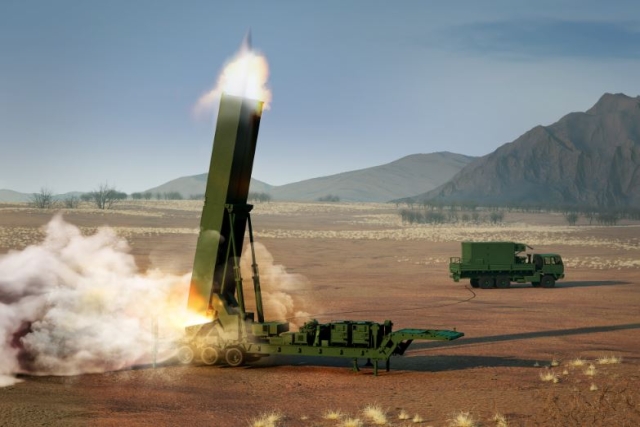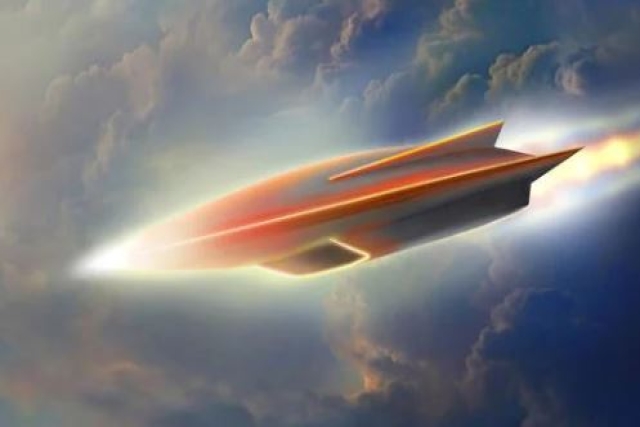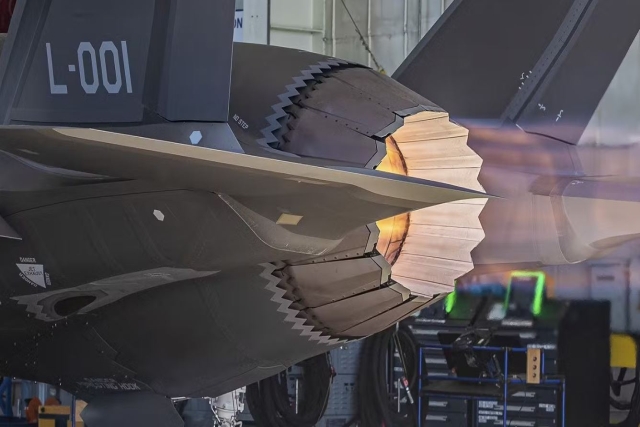Missile Defense Agency's Hypersonic Test Bed Performs First Flight
Hypersonic Test Bed is a platform for experiments in hypersonic flight, advancing understanding and development of high-speed technologies.

The Missile Defense Agency (MDA), alongside its partners, has announced a breakthrough in hypersonic technology with the successful first flight of the Hypersonic Test Bed (HTB).
This test, designated HTB-1, marks the advent of a platform designed for extensive hypersonic experimentation.
During the HTB-1 test, the vehicle achieved hypersonic speeds, facilitating the collection of critical data from numerous internal and external experiments. The Defense Department’s advanced missile tracking satellites logged their first views of a hypersonic flight test during this event, according to the Missile Defense Agency.
While the exact date of the flight from Wallops Island, Virginia, was not disclosed, initial reports indicate successful data collection by the sensors post-launch. "MDA will continue to assess flight data over the next several weeks," the agency stated on June 14.
"This test was a huge success for MDA and our partners, marking the beginning of an affordable test bed to conduct hypersonic experiments. HTB-1 represents a significant step forward in hypersonic testing capability," stated Lt. Gen. Heath Collins, MDA Director. "HTB will allow the U.S. to pursue a broad range of state-of-the-art technologies able to operate reliably in hypersonic flight environments."
The two Hypersonic and Ballistic Tracking Space Sensor (HBTSS) satellites, part of the Space Development Agency’s (SDA) constellation designed to detect hypersonic weapons or vehicles, were among those collecting data. These satellites are part of a growing constellation that currently includes ten missile tracking satellites—eight from SDA and two from MDA. While SDA did not immediately confirm if its satellites also tracked the launch, future SDA spacecraft will combine capabilities, incorporating medium-field-of-view sensors like those on the HBTSS satellites to track dimmer targets and relay data to interceptors.
The constellation aims to eventually encompass 100 satellites, providing global coverage of advanced missile launches. For now, the existing satellites offer limited coverage, with SDA Director Derek Tournear highlighting the challenge of positioning satellites over test venues. In addition to monitoring Defense Department test flights, the satellites also scan global hot spots for missile activity as they orbit the Earth.
The HTB-1 flight represents the first for MDA’s Hypersonic Test Bed, a platform for various hypersonic experiments and advanced components. It joins a growing inventory of high-speed flight test systems, including the Test Resource Management Center’s Multi-Service Advanced Capability Hypersonic Test Bed and the Defense Innovation Unit’s Hypersonic and High-Cadence Airborne Testing Capabilities program. Details about HTB’s development, including the companies involved, remain undisclosed.













